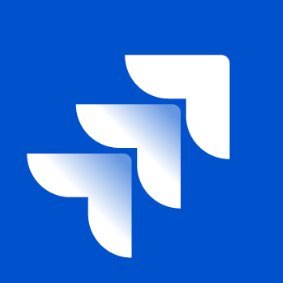We Built A $2M/Year Online Team Training Tool [From Australia]
Hello! Who are you and what business did you start?
I’m Jude Novak, Co-Founder & CPO of Coassemble.
We’re an online training platform that empowers people at small to medium-sized businesses to train online for the first time.
We enable anybody to create beautiful and engaging content using our rapid course builder I like to think of us as the Squarespace of online training. We layer this course builder with flexible sharing options, deep reporting, and a focus on delivering genuinely engaging training experiences to employees.
Most of the competitors in the online training space try to differentiate themselves by adding more features and trying to look like the most powerful platform out there. Instead, we’ve positioned ourselves as the tool that is easiest to use and can create a great team learning experience, and we are going after the market segment that nobody else wants: new entrants.
We know that whilst there are many large Enterprise businesses with structured online training processes that are well served by the current online training offerings, there are also thousands of smaller businesses...

Download the report and join our email newsletter packed with business ideas and money-making opportunities, backed by real-life case studies.

Download the report and join our email newsletter packed with business ideas and money-making opportunities, backed by real-life case studies.

Download the report and join our email newsletter packed with business ideas and money-making opportunities, backed by real-life case studies.

Download the report and join our email newsletter packed with business ideas and money-making opportunities, backed by real-life case studies.

Download the report and join our email newsletter packed with business ideas and money-making opportunities, backed by real-life case studies.

Download the report and join our email newsletter packed with business ideas and money-making opportunities, backed by real-life case studies.

Download the report and join our email newsletter packed with business ideas and money-making opportunities, backed by real-life case studies.

Download the report and join our email newsletter packed with business ideas and money-making opportunities, backed by real-life case studies.

















